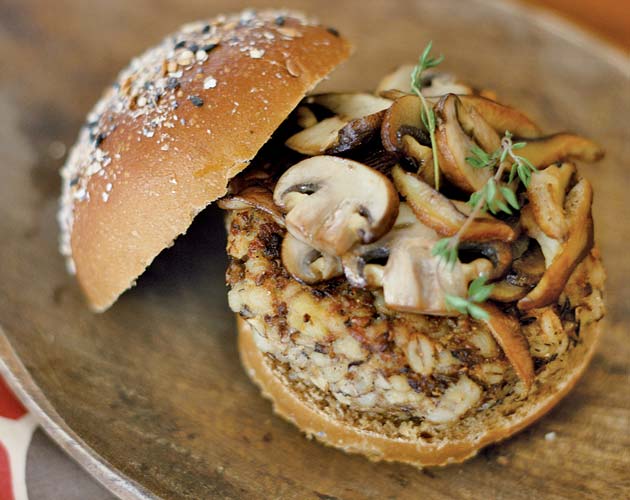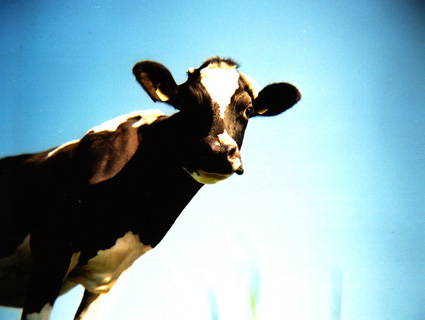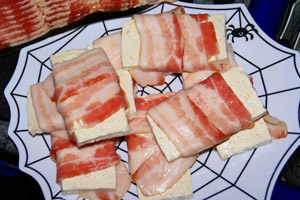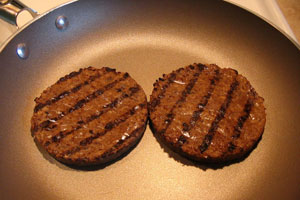| 1896: |
John Harvey Kellogg, a member of the mostly vegetarian Seventh-day Adventists, creates a peanut-based “meatless meat,” Nuttose, which becomes popular at sanitariums. He goes on to popularize cereal as an alternative to egg- and meat-heavy breakfasts. 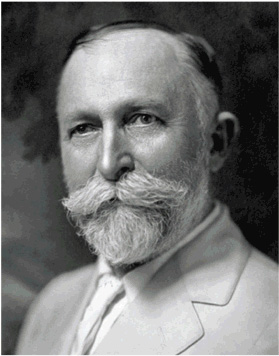
Corbis
|
| 1931: |
In his essay “Fifty Years Hence,” Winston Churchill writes, “We shall escape the absurdity of growing a whole chicken in order to eat the breast or wing, by growing these parts separately under a suitable medium.” |
| 1933: |
Seventh-day Adventists found Loma Linda Foods, which makes some of the first commercially available soy- and wheat-based fake meats. 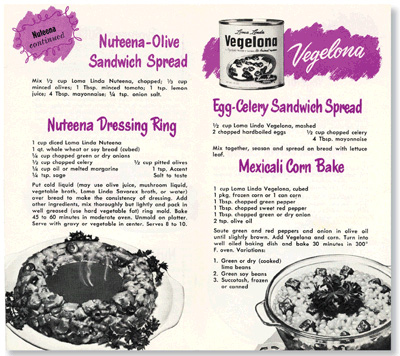
Loma Linda Foods
|
| 1967: |
British scientists discover Fusarium venenatum, a high-protein fungus. |
| 1981: |
Oregon restaurateur Paul Wenner shapes leftover vegetables and rice pilaf into patties and sells them as Gardenburgers. |
| 1994: |
UK-based Quorn introduces fake meat made of Fusarium venenatum. |
| 1995: |
A struggling vegetarian food manufacturer called Turtle Island Foods sells 500 Tofurky Roasts. By 2012, 3 million have been sold. |
| 1998: |
Gardenburger sees sales surge after it airs a 30-second, $1.5 million animated commercial featuring the voice of Samuel L. Jackson during the Seinfeld finale. |
| 1999: |
Boca Burger ratchets up ad spending from $500,000 to $4 million; Worthington Foods (which acquired Loma Linda) pours $5 million to promote its FriPats and Choplets. Gardenburger boosts spending to $18.2 million. |
| 2002: |
Burger King introduces the BK Veggie Burger. McDonald’s, which sold nonmeat burgers in the United Kingdom, Netherlands, and India throughout the ’90s, launches a US version the following year. Quorn hits US shelves. The American Mushroom Institute complains that fusarium is not in fact a mushroom. Quorn later removes the phrase “mushroom in origin” from its packaging. |
| 2008: |
PETA offers a $1 million reward to the first laboratory to create a commercially viable in vitro “chicken” product by 2012. |
| 2009: |
The Cornucopia Institute finds that most nonorganic veggie burgers on the market are made with hexane, an air pollutant and neurotoxin. |
| 2011: |
A report that Japanese scientists were working on turning human feces into steak turns out to be, well, bullshit. |
| 2011: |
The New York Times claims the veggie burger has become “a bellwether for the American appetite.” Today, a patty of hickory-smoked quinoa and lentils costs $14 at New York City’s Blue Smoke restaurant. |
| 2012: |
PETA extends its lab-grown meat contest deadline to 2014. Market research firm Mintel reports that although only 7 percent of consumers call themselves vegetarian, 36 percent report using fake meat. |
| July 2013: |
Fast-food chain Chipotle introduces tofu “sofritas.” 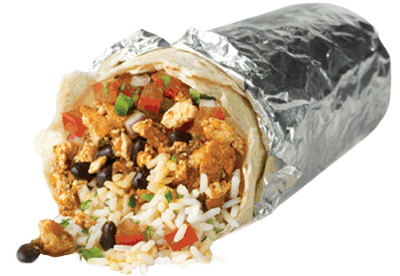
Chipotle
|
| August 2013: |
Dutch scientists make the world’s first lab-grown burger from cow muscle cells, fetal calf blood, and antibiotics. In a live-streamed tasting, the patties are pronounced “close to meat” but “not that juicy.” |
